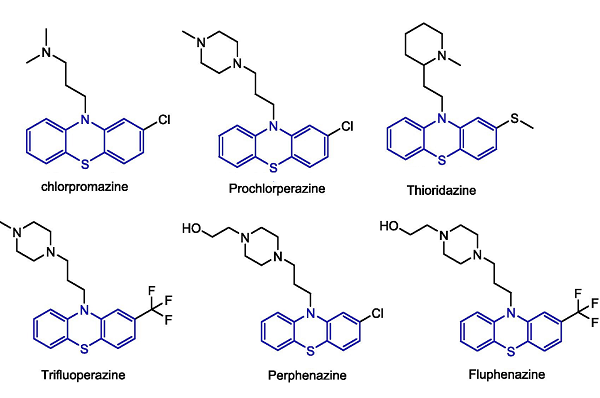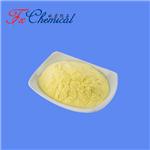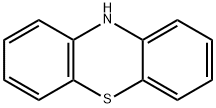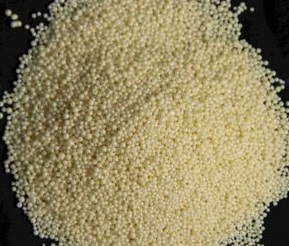Phenothiazine and its Derivatives
Introduction
Phenothiazine is a heterocyclic compound from the thiazine family. The derivatives of phenothiazine are highly bioactive and have widespread use as antipsychotropic, antimalarial, antimicrobial, antitumor, antitubercular, and analgesic.
Synthesis
22 g of diphenylamine,8.2 g of sulphur and 3.2 g of anhydrous calcium chloride are melted together. The reaction sets 140-150 ℃ with the rapid evolution of hydrogen sulphide; by lowering the temperature a few degrees, the reaction can be slackened. When the reaction has moderated, the temperature is raised to 160 ℃. The melt, when cool, is ground up and extracted, first with water and then with dilute alcohol. The residue consists of almost pure phenothiazine. It can be recrystallised from alcohol. Yield 93%, yellowish leaflets; m.p. 180 °C.
Derivatives
The pioneering drug, chlorpromazine, introduced in the 1950s, was the first of the phenothiazines to be used and remains a cornerstone for treating schizophrenia and bipolar disorder. It is also used to control nausea, vomiting, and prolonged hiccups. Following chlorpromazine, several other phenothiazines were approved, including prochlorperazine, which is widely used for severe nausea and schizophrenia symptoms, and trifluoperazine, prescribed primarily for schizophrenia and anxiety. Other notable mentions are Perphenazine and Fluphenazine, which continue to be used to manage schizophrenia and psychotic disorders. However, thioridazine, once a staple in treating psychosis, saw a decline in use due to its cardiac side effects[1].

These drugs primarily exert their effects by blocking dopamine receptors in the brain, which helps regulate mood and behaviour. Despite their efficacy, the use of some phenothiazines has waned over time, driven by the development of newer antipsychotics with fewer adverse effects. This shift underscores the need for ongoing research into phenothiazine derivatives to enhance therapeutic profiles while minimizing side effects. These heterocyclic compounds are renowned not only for their historical significance in psychiatry as antipsychotics but also for their expanding utility across various medical domains, including oncology, infectious diseases, and neurodegenerative disorders.
Biological functions
Phenothiazines are neuroleptic agents that affect various receptors, including dopaminergic receptor sites. Chlorpromazine was the first of the phenothiazines used clinically as an antipsychotic. Phenothiazines are used to treat psychosis, including schizophrenia, violent, agitated, disturbed behaviour, and mania secondary to bipolar disorder. Phenothiazines primarily block postsynaptic neurotransmission by binding to dopamine (D1 and D2), muscarinic, histamine H1, and serotonergic 5-hydroxytryptamine (HT) 2 receptors. Phenothiazines also possess peripheral adrenergic receptor blockade and quinidine-like cardiac effects. Phenothiazines may lower the seizure threshold. Clinical signs of toxicity most frequently include sedation, coma, hypotension, extrapyramidal effects, and cardiac arrhythmias. Anticholinergic effects, including blurred vision, decreased gastrointestinal motility, delirium, agitation, hallucination, hyperthermia, tachycardia, and seizures, have been seen.
References:
[1] BENJAMIN A. BABALOLA . Exploring the therapeutic potential of phenothiazine derivatives in medicinal chemistry[J]. Results in Chemistry, 2024, 8. DOI:10.1016/j.rechem.2024.101565.You may like
Related articles And Qustion
See also
Lastest Price from Phenothiazine manufacturers

US $5.00-2.00/KG2025-05-28
- CAS:
- 92-84-2
- Min. Order:
- 1KG
- Purity:
- 99%
- Supply Ability:
- 10000kg

US $0.00/KG2025-04-21
- CAS:
- 92-84-2
- Min. Order:
- 25KG
- Purity:
- 98%min
- Supply Ability:
- 30tons/month



